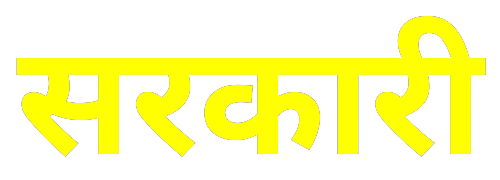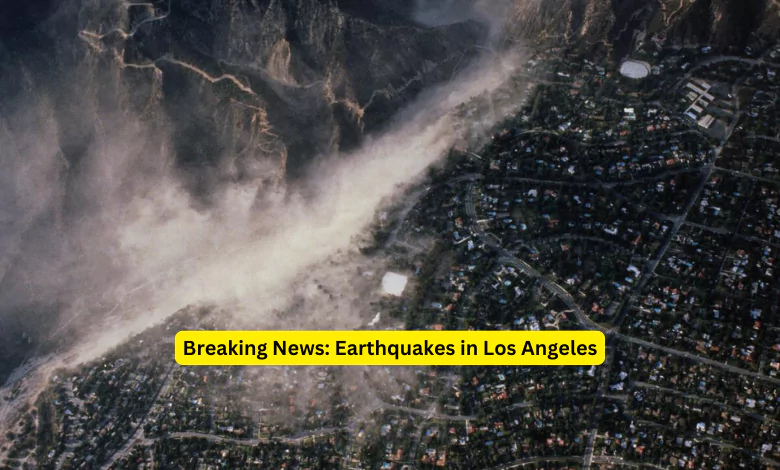Earthquakes are a constant threat to the Los Angeles area, a region known for its seismic activity. Being situated near the San Andreas Fault, Los Angeles experiences frequent earthquakes, and the need for earthquake preparedness is paramount. This article details of earthquakes in Los Angeles, California, and provides essential information on the seismic threats that shape the city.
What Causes Earthquakes in Los Angeles?
Los Angeles is part of Southern California, an area that sits atop the Pacific and North American tectonic plates. The San Andreas Fault is the most notorious fault line responsible for major seismic activity in the region. When these plates shift or grind past each other, energy is released in the form of seismic waves, leading to an earthquake.
Earthquakes in Los Angeles, often referred to as “LA earthquakes,” are common due to this geological setup. The San Andreas Fault is capable of producing large earthquakes, as seen in the past, and it is expected to cause even larger ones in the future. It’s crucial to understand the risks, especially when “earthquake today” reports surface, making people aware of seismic activity happening now or in the recent past.
History of Earthquakes in Los Angeles
Los Angeles has experienced numerous earthquakes over the years. Some of the most notable include:
- The 1933 Long Beach Earthquake: This 6.4 magnitude earthquake caused significant damage to buildings and infrastructure.
- The 1971 San Fernando Earthquake: A 6.6 magnitude earthquake that caused widespread destruction, especially to hospitals and freeways.
- The 1994 Northridge Earthquake: One of the most damaging earthquakes in the area, measuring 6.7 in magnitude, leading to $44 billion in damages and affecting thousands of structures across the city.
Every time an earthquake occurs, residents immediately check earthquake tracking resources, such as the USGS Earthquake website, which provides real-time data on the seismic events, making it easier to track an “earthquake in California today” or an “earthquake just now.”
Key Earthquake Faults in the Los Angeles Region
San Andreas Fault
The San Andreas Fault is the most well-known and potentially dangerous fault in California. It stretches roughly 800 miles and runs through parts of Los Angeles, creating a constant earthquake threat. Scientists predict that this fault could cause a major California earthquake at any moment, particularly one known as “The Big One,” a catastrophic event that could impact millions.
Malibu and Santa Monica Faults
In addition to the San Andreas Fault, there are several smaller but still dangerous faults, such as the Malibu and Santa Monica faults. These are responsible for smaller earthquakes that occur frequently in the area. A Malibu earthquake can disrupt communities in the nearby coastal regions, and though these are smaller than major fault-related quakes, they are still capable of causing damage.
Newport-Inglewood Fault
This fault runs parallel to the San Andreas Fault and has been responsible for major earthquakes in the past. It poses a threat to Orange County, making it another fault to watch closely for future activity.
Recent Earthquake Activity in Los Angeles
Los Angeles and its surrounding areas regularly experience seismic activity. For example, in the past year alone, there have been multiple tremors in Thousand Oaks, Pasadena, Santa Clarita, and San Diego. These smaller quakes, like the Malibu earthquake in 2024, remind Californians that the ground beneath them is constantly shifting.
When an earthquake occurs, residents often turn to news sources or earthquake tracking tools to get details on the magnitude and epicenter. The USGS Earthquake Tracker is a popular resource that provides live updates on earthquakes happening in real-time.
Residents in Southern California can also rely on tools like the earthquake near me and earthquake now near me options to check for recent seismic events in their immediate surroundings.
The Science Behind Earthquake Magnitude and Scale
The Richter Scale is commonly used to measure the magnitude of earthquakes, though the Moment Magnitude Scale (Mw) has become more widely adopted for its accuracy in reflecting the earthquake’s size. Earthquakes are classified as follows:
- Minor: Magnitude below 3.0
- Light: Magnitude 3.0 to 3.9
- Moderate: Magnitude 4.0 to 4.9
- Strong: Magnitude 5.0 to 5.9
- Major: Magnitude 6.0 to 6.9
- Great: Magnitude 7.0 and above
A 5.1 earthquake is classified as strong and can cause moderate damage, depending on the proximity to populated areas. With earthquakes being such a regular occurrence in Los Angeles, Californians are always on alert for the next potential disaster.
The Impact of Earthquakes on Los Angeles
The densely populated urban landscape of Los Angeles is highly vulnerable to earthquakes. From high-rise buildings to freeways, the infrastructure is at constant risk of damage. A large earthquake, such as a California earthquake today, could lead to:
- Structural damage to homes and buildings
- Disruption to essential services (water, electricity, gas)
- Road and freeway closures due to landslides or structural collapse
- Economic losses due to business closures and property damage
One of the biggest concerns is the possibility of aftershocks following a major earthquake. These smaller tremors can cause further damage to already weakened structures and put people at additional risk.
Preparing for the Next Big Earthquake
Living in Los Angeles means accepting that earthquakes are a part of life. While small tremors happen regularly, the “Big One” is always looming. Preparing for a major earthquake involves:
- Creating an Emergency Plan: Ensure that all family members know what to do during an earthquake. This includes having a designated meeting spot and an out-of-area contact.
- Building a Disaster Kit: Stock up on water, non-perishable food, first aid supplies, flashlights, and batteries.
- Seismic Retrofits: Strengthening your home to make it more resistant to earthquakes can prevent serious damage. This includes securing heavy furniture, bracing water heaters, and reinforcing foundations.
- Stay Informed: Keep track of earthquake activity using tools like the USGS Earthquake Tracker, KTLA News, and other reliable resources.
How Earthquake Tracking Helps
With tools like the earthquake live tracker, individuals can get real-time updates on recent seismic events. Whether it’s an earthquake now in Los Angeles or a report on an earthquake today in California, these tools help residents stay informed and prepared.
Conclusion
The threat of an earthquake in Los Angeles is ever-present, but with proper preparedness and access to real-time information, residents can take steps to protect themselves and their property. Monitoring the San Andreas Fault, staying updated on seismic activity through resources like the USGS Earthquake site, and ensuring that your home is earthquake-resistant are key steps in surviving the next big earthquake. By being vigilant and ready, Los Angeles residents can navigate the dangers of living in one of the world’s most seismically active regions.
For more information on how to prepare and respond to earthquakes, visit USGS Earthquake and follow local news outlets like KTLA News for real-time updates on seismic activity.
More Information – Click Here





